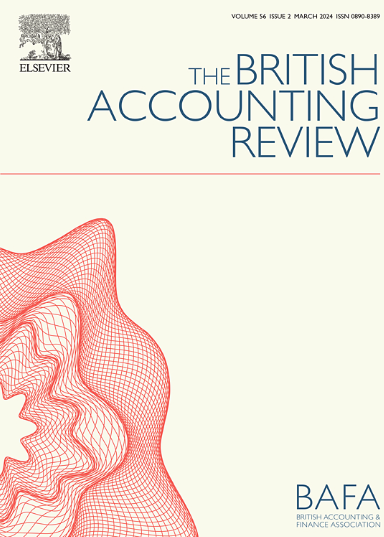高层管理团队断层大小与家族企业绩效
IF 9.4
3区 管理学
Q1 BUSINESS, FINANCE
引用次数: 0
摘要
本研究探讨家族企业高层管理团队断层大小对企业绩效的影响。我们提出,家族企业的高层管理团队通常是不对称的派系群体,其中两个具有不同权力和地位的子群体(家族成员与非家族成员)之间存在先验的、预先建立的断层线。我们进一步认为,这些群体中较大的人口断层线将有利于企业绩效,而这些效益取决于控制家族对非家族成员表现出的分岔偏差和中间机构的发展水平。我们使用中国上市家族企业的数据来检验我们的模型。结果为我们的命题提供了强有力的支持。本研究通过强调家族企业高层管理团队或董事会的子群体间动态可能不同于非家族企业,为公司治理文献做出了贡献。本文章由计算机程序翻译,如有差异,请以英文原文为准。
Top management team faultline size and family firm performance
This study examines the impact of faultline size in top management teams on firm performance in family firms. We propose that top management teams in family firms are typically asymmetric factional groups, in which there is a priori, pre-established faultline between two subgroups (family members versus non-family members) with distinct power and status. We further argue that large demographic faultlines in such groups would benefit firm performance, and these benefits are contingent on bifurcation bias shown by the controlling family toward non-family members and the level of development of intermediate institutions. We test our model using data from Chinese-listed family firms. Results provide strong support for our propositions. This study contributes to the corporate governance literature by highlighting that the inter-subgroup dynamics in top management teams or boards of directors in family firms can differ from those in nonfamily firms.
求助全文
通过发布文献求助,成功后即可免费获取论文全文。
去求助
来源期刊

British Accounting Review
BUSINESS, FINANCE-
CiteScore
8.60
自引率
3.90%
发文量
39
审稿时长
76 days
期刊介绍:
The British Accounting Review*is pleased to publish original scholarly papers across the whole spectrum of accounting and finance. The journal is eclectic and pluralistic and contributions are welcomed across a wide range of research methodologies (e.g. analytical, archival, experimental, survey and qualitative case methods) and topics (e.g. financial accounting, management accounting, finance and financial management, auditing, public sector accounting, social and environmental accounting; accounting education and accounting history), evidence from UK and non-UK sources are equally acceptable.
 求助内容:
求助内容: 应助结果提醒方式:
应助结果提醒方式:


